This article is an ongoing chronicle of NASA’s Webb Telescope’s launch, journey and highlights from its spectacular work.
August 25 Update – NASA Webb discovers the evidence of carbon dioxide on a planet outside the Solar System
In case you are wondering why the name WASP-39 B, this ought to clear it up.
July 23 Update – Carina Nebula
NASA’s James Webb Telescope sent back a picture of NGC 3324, a star-forming region in the Carina Nebula. As is known, the Webb Telescope specializes in taking infrared images, and the newest picture received reveals the unseen / unknown areas of star birth. NASA referred to the region as a cosmic cliff, and said that it is the edge of a giant, gaseous cavity in NGC 3324, and the tallest peaks in the image are about seven light-years high.
July 12 Update
After performing an extremely complex set of maneuvers to assemble itself fully, the NASA Webb Telescope has finally started sending back images. NASA released the deepest and sharpest infrared image of the early universe ever taken.
January 29 – Latest Update
The highly sophisticated James Webb Space Telescope, which is said to be capable of seeing 13.5 billion years back in time, will first look at a star named ‘HD 84406’ in Ursa Major Constellation, NASA just revealed.
The telescope, which performed the most complex maneuvers to deploy its tennis court-sized sunshield and mirrors, will soon need its 18 hexagonal mirrors to be aligned. The HD 84406 star, which is too bright to study, will help put the telescope in focus, the elite space organization said in a tweet.
Meanwhile, the Webb Telescope’s high-gain antenna has been turned on to enable faster transmission of data.
January 25 Update
And NASA’s James Webb Space Telescope has reached its home – the Second Lagrange Point.
Firing its engine for nearly five minutes to slow down by a speed of just under 6 km per hour, the Webb Telescope has entered its destined orbit.
The Second Lagrange Point or L2 is where the gravitational forces of Sun and Earth balance each other out, allowing a smaller object to remain there. However, instead of being stationary, the Webb Telescope will orbit the L2 point using minimal thrust, just as if it was orbiting a planet.
The Second Lagrange Point was chosen so the telescope stays in line with Earth, while its sunshield will keep light and heat from Sun away from the mirrors, which need to remain cold.
January 20 Update
The individual mirror segments are moved out of their launch position.
The primary mirror segments were moved 12.5 millimeters away from the telescope structure, giving them enough space for the ‘wavefront alignment process.’
January 8 Update
The 21.3 feet wide mirror composed of 18 hexagonal segments is deployed without a glitch.
January 5 Update
The five-layered sunshield, which was sent in a folded condition, is successfully deployed. The tennis court-sized sunshield will block out the solar radiation and allow Webb Telescope’s mirrors to stay as cold as -233 degrees Celsius, so they can detect the infrared light. That means that the side of the sunshield facing the Sun could see temperatures up to 85 degrees Celsius.
December 29 Update
The NASA telescope meant to uncover the wonders of the universe has begun to unfold its own wonders in space as it started to deploy its forward sunshield pallet. The five-layered sunshield, once fully unfurled, will be as big as a tennis court.
The James Webb Space Telescope had earlier passed the altitude of the Moon. It is headed for the ‘Lagrange Point 2’ and will reach its destination in about four weeks from now.
December 27 Update
The James Webb Space Telescope, which can see farther than any other telescope to date, meant to explore the early galaxies of the Universe (along with our solar system), is functioning as desired, announced NASA.
The Launch and early maneuver
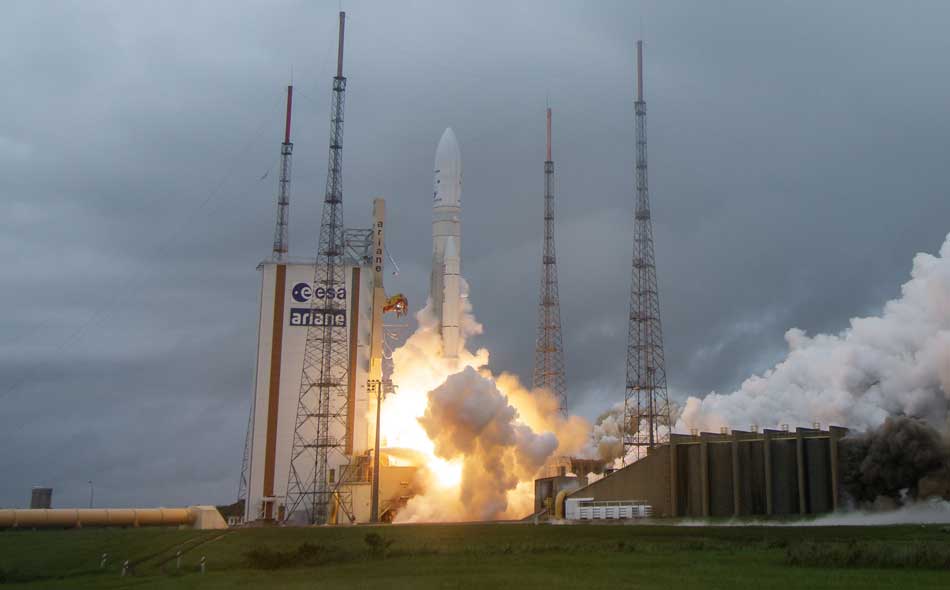
The giant telescope that was launched aboard an Ariane 5 rocket on December 25 separated from the rocket at an altitude of 1,400 km. Barely 30 minutes into the launch, the Webb telescope unfolded its solar array and began drawing solar power, and even started powering the instruments.
Different from Hubble
The legendary Hubble’s successor is said to be carrying four state-of-the-art instruments and will see the celestial objects via infrared, whereas its predecessor used UV amongst other means.
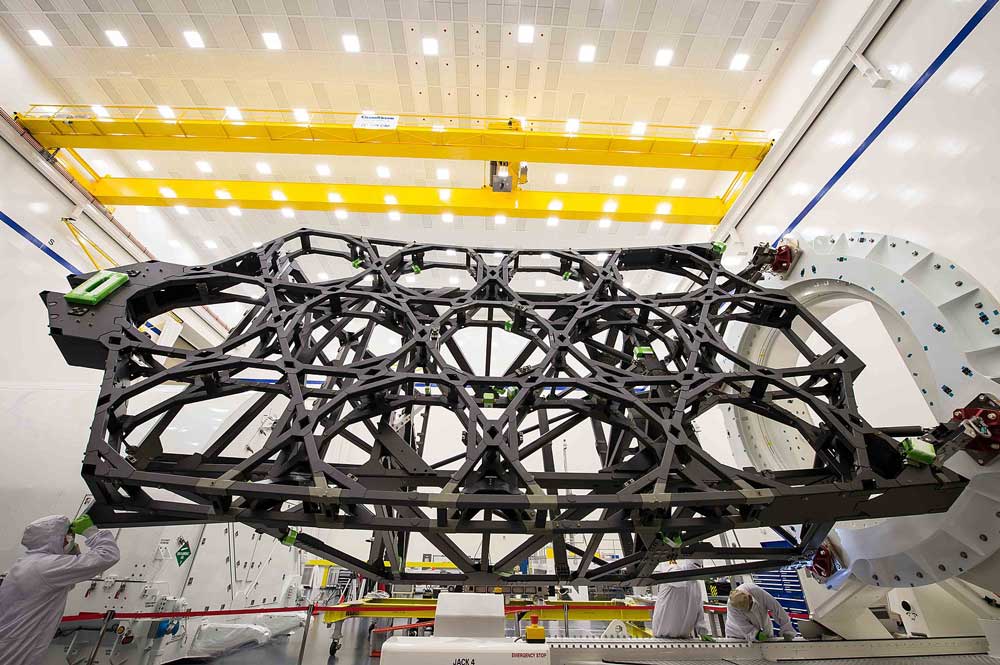
To get down to more basics, Webb is also bigger than Hubble and goes much farther than Hubble. It is bound to see more regardless of change of technique.
‘Eighteen hexagonal polished metal segments that together comprise the largest mirror on the Webb telescope will rest on the backplane,’ says NASA. Here is how it came together.
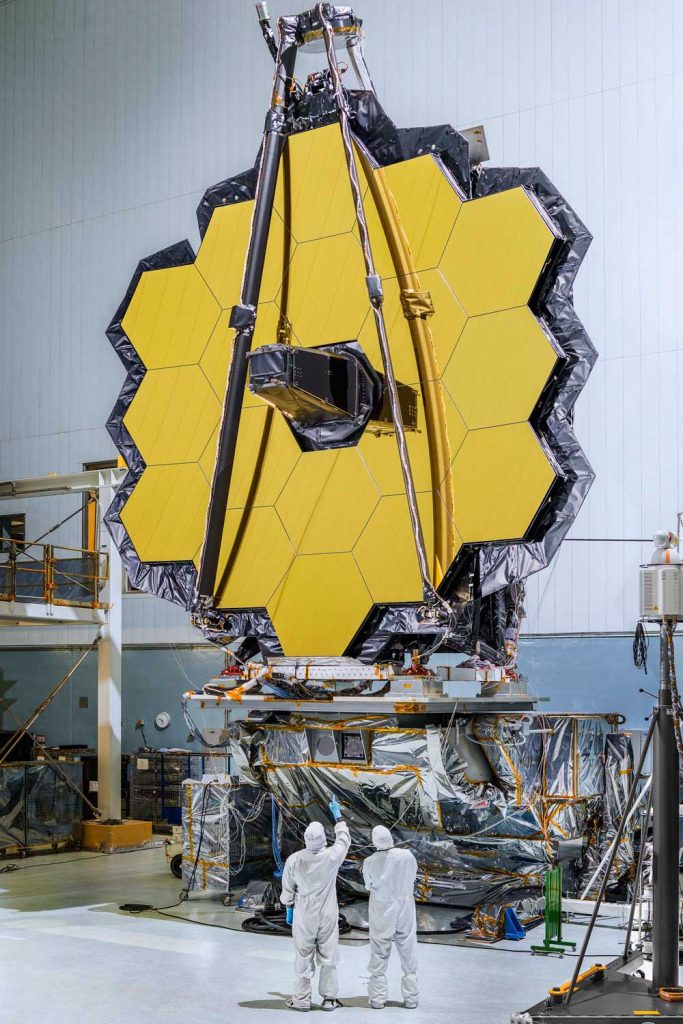
With the mirrors and infrared vision, the scientists hope to see as far as 13.5 billion years back and uncover amazing facts.
One month of high suspense
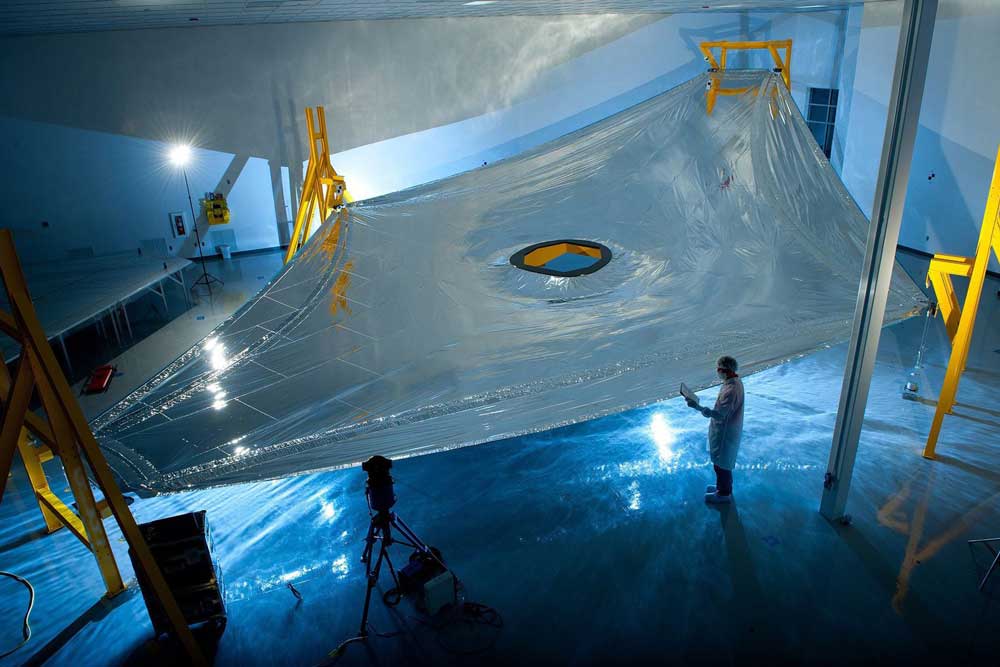
As the Webb telescope heads to its destined Lagrange Point 2, it will also perform the most complex maneuvers ever performed in space. The suspense will carry on until the deployment sequence unfolds as desired.
Lagrange Point?
According to NASA – ‘Lagrange Points are positions in space where the gravitational forces of a two body system like the Sun and the Earth produce enhanced regions of attraction and repulsion. These can be used by spacecraft to reduce fuel consumption needed to remain in position.’
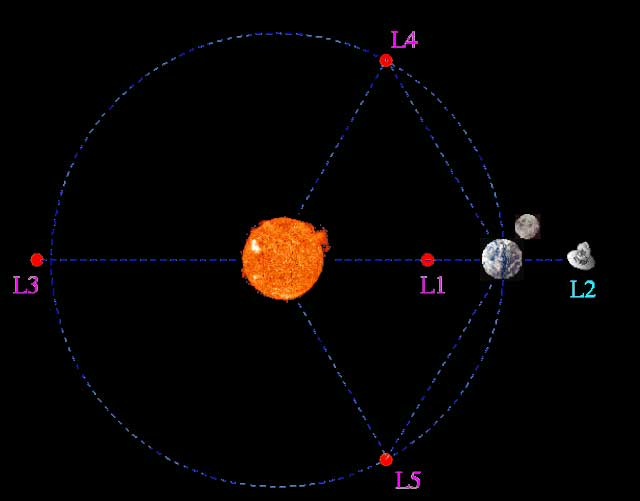
Where is Lagrange Point 2?
NASA explains Lagrange Point 2 – ‘L2 is ideal for astronomy because a spacecraft is close enough to readily communicate with Earth, can keep Sun, Earth and Moon behind the spacecraft for solar power and (with appropriate shielding) provides a clear view of deep space for our telescopes. The L1 and L2 points are unstable on a time scale of approximately 23 days, which requires satellites orbiting these positions to undergo regular course and altitude corrections.’
Most Recent Update
Having tested its temperature sensors and antenna, the Webb telescope is on its way to Lagrange Point 2, a million miles away from earth.